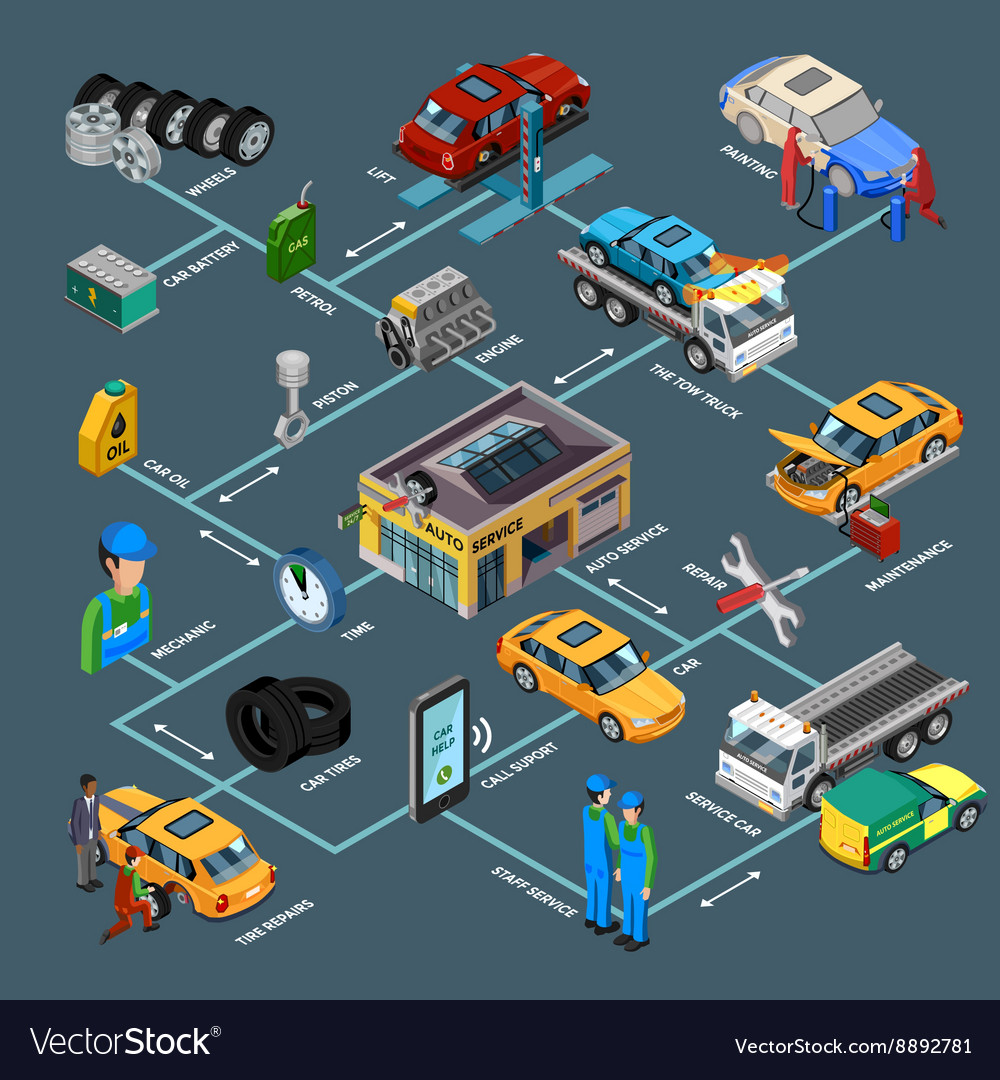When you lag the wheel, those glowing warning lights on your dashboard can be a little bit complicated. Do you know what they're trying to tell you regarding your vehicle's health and wellness? Understanding the value of these lights is vital for your safety and security and the longevity of your vehicle. So, the next time among those lights appears, wouldn't you intend to analyze its message accurately and take the necessary steps to resolve it?
Common Warning Lighting and Interpretations
Recognize common warning lights in your auto and comprehend their significances to ensure safe driving.
The most normal caution lights include the check engine light, which signals problems with the engine or emissions system. If simply click the next document comes on, it's essential to have your car checked quickly.
The oil stress advising light indicates low oil stress, calling for immediate interest to stop engine damages.
car wash supplies flashing battery light may recommend a malfunctioning billing system, possibly leaving you stranded if not resolved.
The tire stress tracking system (TPMS) light notifies you to low tire stress, impacting car security and fuel effectiveness. Disregarding this could bring about risky driving problems.
The ABS light indicates a problem with the anti-lock stopping system, endangering your capability to quit rapidly in emergencies.
Finally, the coolant temperature alerting light warns of engine overheating, which can result in extreme damages otherwise solved quickly.
Comprehending these usual caution lights will help you attend to problems quickly and keep risk-free driving problems.
Significance of Prompt Focus
Understanding the typical caution lights in your vehicle is only the initial step; the value of quickly addressing these warnings can not be emphasized sufficient to guarantee your safety on the road.
When a caution light brightens on your control panel, it's your automobile's way of communicating a possible problem that requires attention. Neglecting these warnings can cause more extreme troubles later on, compromising your safety and potentially costing you more out of commission.
Trigger interest to alerting lights can avoid breakdowns and accidents. For example, a blinking check engine light might show a misfire that, if left unattended, could cause damages to the catalytic converter. Addressing this quickly can save you from a pricey repair service.
In a similar way, a brake system warning light might indicate low brake fluid or worn brake pads, vital components for your security when driving.
DIY Troubleshooting Tips
If you discover a warning light on your dashboard, there are a few do it yourself troubleshooting pointers you can attempt prior to seeking specialist help.
The first step is to consult your vehicle's manual to understand what the certain warning light shows. Often the problem can be as simple as a loosened gas cap causing the check engine light. Tightening up the gas cap might fix the issue.
One more typical issue is a low battery, which can set off different cautioning lights. Examining the battery connections for deterioration and guaranteeing they're secure could repair the problem.
If a caution light persists, you can try resetting it by disconnecting the automobile's battery for a few minutes and after that reconnecting it. Furthermore, checking your vehicle's liquid levels, such as oil, coolant, and brake fluid, can assist troubleshoot advising lights associated with these systems.
car engine cleaner near me
To conclude, understanding your auto's warning lights is necessary for keeping your car running efficiently and safely. By without delay attending to these informs and knowing what they indicate, you can avoid expensive fixings and potential break downs.
Bear in mind to consult your car's manual for certain details on each warning light and do something about it accordingly to guarantee a hassle-free driving experience.
Stay notified, remain risk-free when driving!
